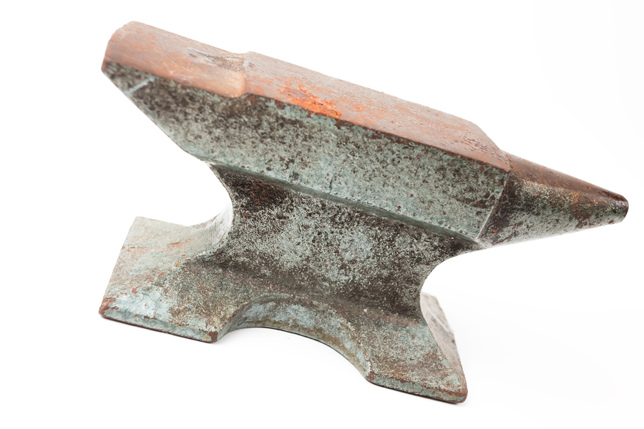

Bucking the trend
Certainly one of the oddities of the over 70 statistics we provide in The Senior Care Acquisition Report was the relationship between the seniors housing (independent living, assisted living and memory care) cap rate and the 10-year treasury rate. One would expect that in a strong economy, the seniors housing cap rate would fall, while the 10-year treasury rate would rise, making the spread between the two smaller, and vice versa for a weak economy. However, as the seniors housing market has improved and cap rates have accordingly dropped from 7.7% in 2014 to 7.6% in 2015, the average 10-year treasury rate fell 40 basis points to 2.1%. The spread between the two rates thus increased from... Read More »
Pay up for profit potential
For the first time in five years, there wasn’t a perfect correlation between the average cap rate and the average price per unit in seniors housing (which includes independent living, assisted living and memory care), but it was close, according to the 21st Edition of The Senior Care Acquisition Report. This was an interesting year, however, where we saw a decrease in the average price paid per unit, and a decrease in the average cap rate. Accordingly, there were some interesting results. First, the two lowest cap rates both experienced decreases in their average price paid per unit (from $310,000 to $242,000 for 6% and $222,000 to $186,800 for 7%). Then there was an increase in the... Read More »2015: A Year of Extremes?
We have mentioned previously that 2014 saw an unusually large number of high-valued transactions, with the extreme top-end prices driving the average seniors housing prices to historic levels, as well as pushing down cap rates to new lows. But in 2015, while there were proportionally fewer of both the highest-priced deals and the lowest-priced deals (see our April 13 blog post), it was a year of extremes for cap rates. In 2014, the two ends of the market (cap rates above 9% or below 7%) made up 24% of the year’s transaction cap rates. In 2015, cap rates over 9% made up 15% of the total cap rates, and those under 7% accounted for 27%, combining for 42% of the market. Clearly, the boost in... Read More »
